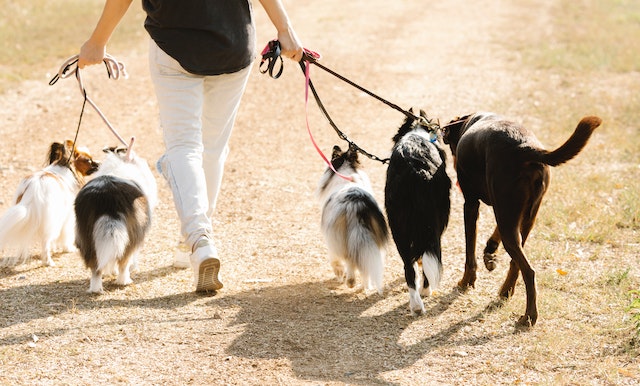Introduction: Bringing a dog into your life is a significant commitment that requires careful consideration. It’s essential to find the right balance between your lifestyle and the responsibilities of dog ownership. While dogs bring immense joy and companionship, it’s crucial to assess your lifestyle factors to determine how much is too much when it comes to dog ownership. In this article, we will explore key considerations to help you strike a balance and ensure a fulfilling life for both you and your canine companion.
- Time Availability: Dogs require time and attention for their physical and emotional well-being. Assess your daily schedule and commitments to determine how much time you can realistically devote to a dog. Consider factors such as work hours, social activities, and personal obligations. Dogs need regular exercise, training, playtime, and social interaction. If your schedule leaves little time for these essential activities, it may be an indicator that owning a dog could be too much for your current lifestyle.
- Energy Level and Activity Requirements: Different dog breeds have varying energy levels and activity requirements. Some dogs are highly active and thrive on vigorous exercise, while others are more relaxed and require less physical exertion. Assess your own energy level and preferences for physical activities. If you lead a sedentary lifestyle or prefer low-energy activities, a high-energy dog may be overwhelming and challenging to meet their exercise needs. Matching the energy level and activity requirements of a dog to your lifestyle is crucial for a harmonious and balanced relationship.
- Financial Considerations: Owning a dog comes with financial responsibilities. Evaluate your financial situation and determine if you can comfortably afford the costs associated with dog ownership. These include food, grooming, veterinary care, vaccinations, supplies, and potential unexpected expenses. If your budget is already stretched thin or if you anticipate difficulties in meeting the financial demands of dog ownership, it may be a sign that owning a dog could be too much for your current financial circumstances.
- Living Environment: Consider your living environment and whether it is suitable for a dog. If you live in an apartment or a house without a secure yard, it may require more effort to provide appropriate exercise and outdoor time for a dog. Some dog breeds are better suited for smaller living spaces, while others thrive in larger, more open environments. Assessing the compatibility between your living environment and the needs of a dog is vital to ensure their comfort and well-being.
- Socialization and Company: Dogs are social animals and require regular socialization and companionship. If you have a busy lifestyle that often keeps you away from home for extended periods, it may be challenging to provide adequate social interaction and companionship for a dog. Leaving a dog alone for long hours on a regular basis can lead to loneliness, separation anxiety, and behavioral issues. Assess whether you can provide the necessary socialization and companionship a dog requires given your lifestyle and work commitments.
- Future Considerations: Dog ownership is a long-term commitment. Consider your future plans, such as career changes, travel, or starting a family. Dogs require stability, and major life changes can impact their well-being and routine. Assess whether your lifestyle is likely to undergo significant changes in the near future that could affect your ability to provide consistent care and attention to a dog.
Conclusion: Balancing dog ownership with your lifestyle requires thoughtful consideration of time availability, energy level, financial capacity, living environment, socialization needs, and future plans. It’s important to be honest with yourself and assess whether owning a dog aligns with your current lifestyle and ability to provide the necessary care and attention. Remember, it is better to wait until the timing is right than to take on a responsibility that could be overwhelming or unfair to both you and the dog. By finding the right balance, you can create a harmonious and fulfilling life for both you and your four-legged companion.




